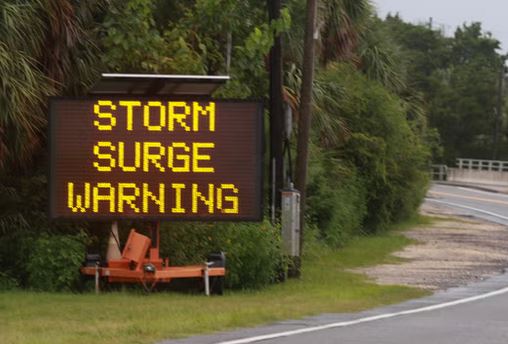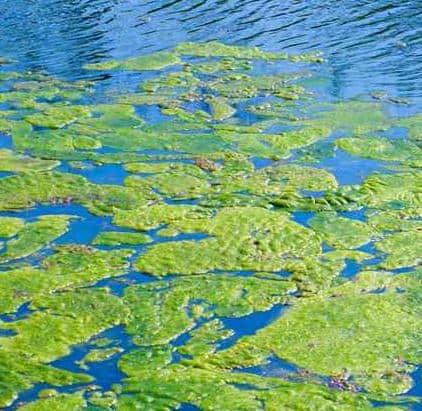As of July, four people have died in Florida after becoming infected with a flesh-eating bacteria.
In total, 11 cases have been reported, according to state health authorities, with fatalities in St. Johns, Broward, Central Florida’s Bay, and Hillsborough counties.
Dr. Daniel Egan, an infectious disease expert, said that bacteria can be found in many different areas, including waterborne sources.
However, he explained that the bacteria responsible for flesh-eating disease, known as Vibrio vulnificus, is typically found in saltwater.

Vibrio vulnificus infections typically occur when an individual enters brackish seawater with open wounds.
Eating raw shellfish such as oysters (the bacteria can be found in warm coastal waters), can also lead to infection.
Most healthy individuals will experience mild symptoms such as vomiting, diarrhea, chills, fever, and increased heart rate following exposure.
If the bacteria infect someone with a compromised immune system, however, it can lead to skin lesions and septic shock. In rare cases, it can also cause necrotizing fasciitis – a condition in which the tissue around an open wound dies, which may require amputation.
Anyone who comes into contact with the bacteria should be given proper wound care and antibiotics immediately.
Once the bacteria enter the bloodstream, fatality increases significantly. According to the U.S. Centers for Disease Control and Prevention, one in five people will die after contracting the infection.
Since 2024, there have been 82 cases, a new record high, 19 of which resulted in fatalities.

The surge of cases last year can be attributed to late-season hurricanes that hit the Southeast, including Florida.
Following Hurricanes Helene and Milton, which caused saltwater to move inland, cases more than doubled.
Dr. Kami Kim, who leads the infectious disease department at Tampa General Hospital, said the storm can also contaminate other water sources, such as lakes and freshwater rivers.
Global warming also contributes to the problem as warmer weather leads to more frequent storms and hurricanes.

Wearing protective clothing, such as gloves, can also help.
However, researchers have discovered that Vibrio bacterium have evolved to “stick” to microplastics, meaning they won’t be disappearing any time soon.
They can also combine with algae blooms that are often seen on the shores of Sunshine States.








